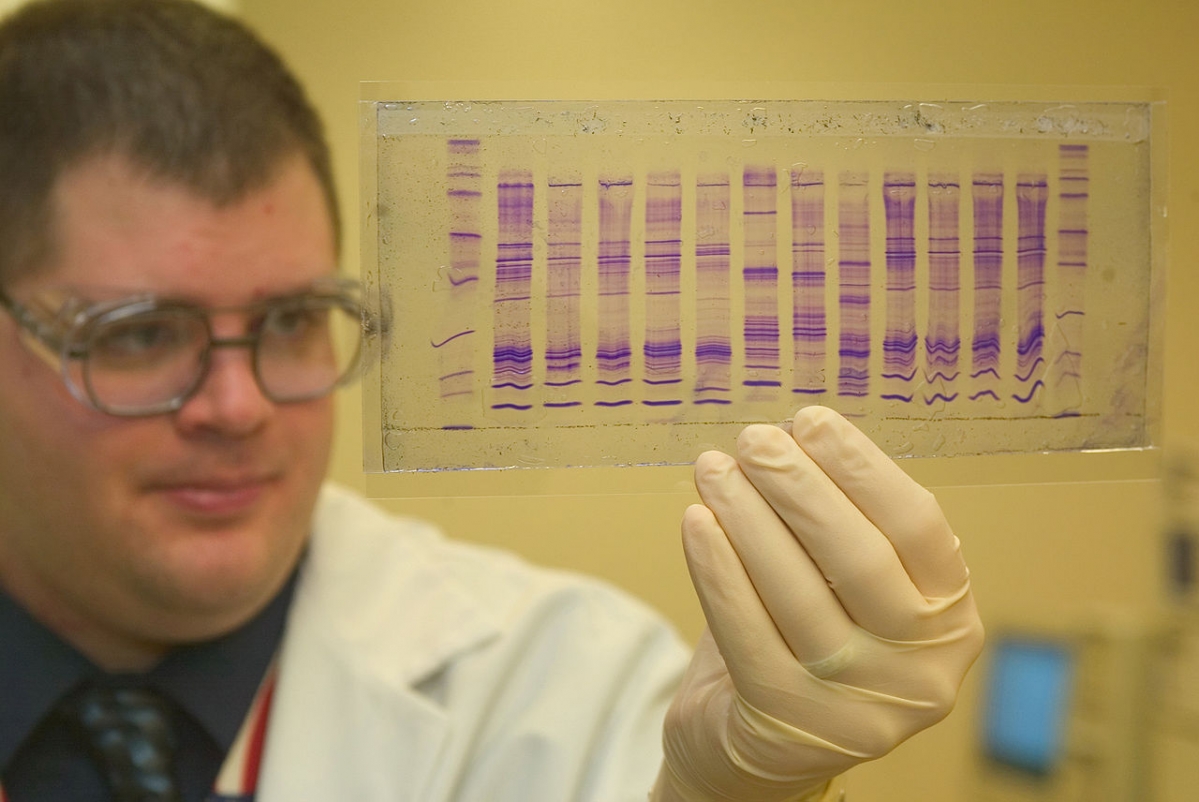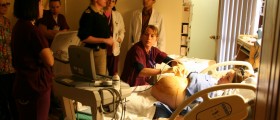Edwards Syndrome, or Trisomy 18, is the most common chromosomal disorder after Down Syndrome. Most babies with Edwards Syndrome are girls. These children rarely live longer than a year, and have many internal defects including heart and kidney abnormalities, as well as cognitive disabilities.

About Trisomy 18
An extra copy of all or part of the 18th chromosome is what gives Edwards Syndrome its alternative name, Trisomy 18. Physical symptoms of Trisomy 18 include structural heart abnormalities, kidney malformation, in some cases instestines protruding out of the body, breathing difficulties, feeding problems, and a small head. Where these children survive (which is rare), there is mental retardation.
Older people with Edwards Syndrome will need to use a wheelchair, as their legs are malformed as well. Edwards Syndrome affects around one in 6,000 live births. It is possible to diagnose this chromosomal abnormality prenatally through prenatal testing including beta-hCG tests, ultrasound during pregnancy, and most conclusively amniocentesis.
Caring for a child with Edwards Syndrome
A friend's sister just gave birth to a daughter with Edwards Syndrome a few days ago, which is what triggered this post. Edwards Syndrome is more common in older mothers, but my friend's sister is only 26, and she didn't carry out any prenatal testing for birth defects. Her baby's prognosis is something that's very hard to come to terms with for a new mom only around five to 10 percent of babies with Trisomy 18 survives beyond the first year, and only with extensive medical care.
The baby is currently in an incubator, and being tube fed because she can't breastfeed or bottlefeed. This is typical of babies with Edwards Syndrome. Newborn babies with this disorder have a 40 percent chance of living for one month, and there is a one percent chance of surviving past 10 years of age.
- www.nhs.uk/conditions/edwards-syndrome/
- www.nhs.uk/conditions/pregnancy-and-baby/screening-amniocentesis-downs-syndrome/
- Photo courtesy of James Tourtellotte by Wikimedia Commons: commons.wikimedia.org/wiki/File:CBP_chemist_reads_a_DNA_profile.jpg
















Your thoughts on this
Loading...